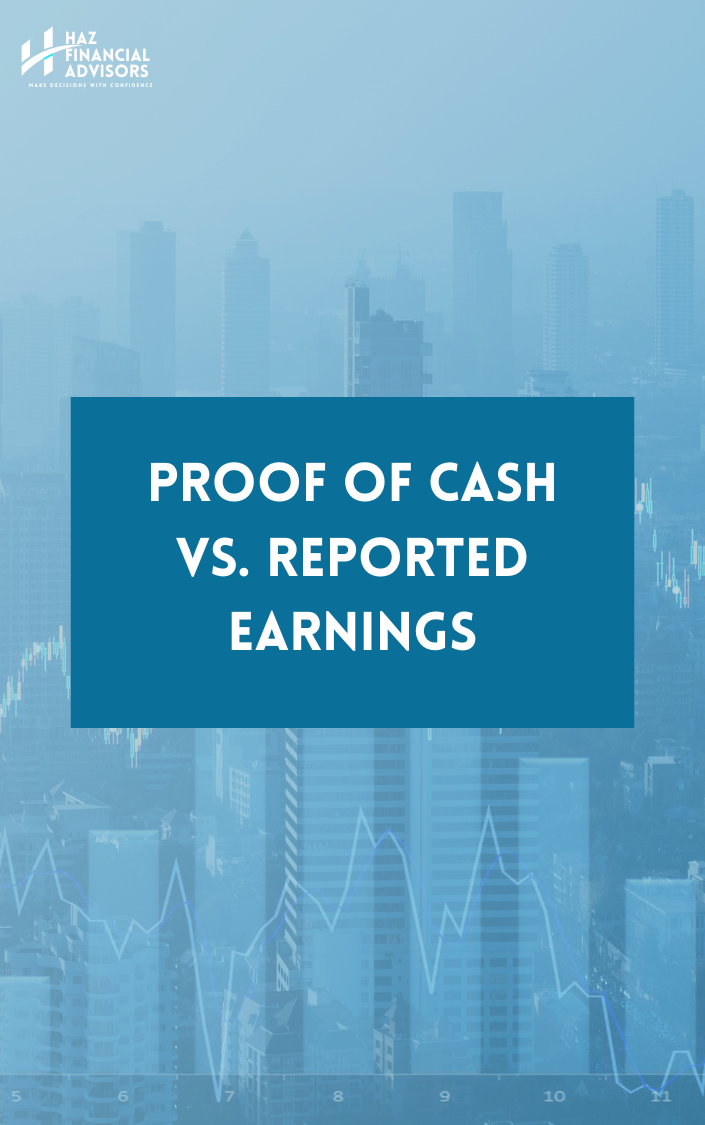Starting a tech startup is not for the faint of heart.
The process can be daunting, overwhelming, and at times, downright frustrating.
But one thing that can make the journey smoother and more successful is paying close attention to unit economics.
Unit economics is the study of the direct revenues and costs associated with a particular business model.
It is the foundation upon which a company is built, and it is crucial for any startup to understand the importance of this concept from day one.
So, why is unit economics so important for tech startups?
Simply put, it can determine the success or failure of a company.
By understanding the cost of acquiring and retaining a customer, a tech startup can make informed decisions about pricing, marketing, and growth strategies.
In 2008, Reed Hastings, the CEO of Netflix, recognized that the company’s DVD-by-mail business was becoming obsolete. The rise of streaming services meant that the future of entertainment was in the digital space, and Netflix needed to pivot its business model to stay relevant.
To do this, Hastings turned to unit economics.
He recognized that the company’s DVD-by-mail business had high shipping costs and that acquiring new customers was expensive.
So, he made the bold decision to invest in streaming technology, even though it would initially cost the company more money.
But Hastings knew that the long-term benefits of streaming would far outweigh the short-term costs.
By eliminating the need for shipping, Netflix could reduce costs and make the business more profitable.
And by offering a more convenient and affordable service, the company could attract and retain more customers.
Hastings’ investment in unit economics paid off. Today, Netflix has over 200 million subscribers worldwide and is one of history’s most successful tech startups.
So, what can we learn from Hastings’ story?
The importance of unit economics cannot be overstated.
By understanding the direct costs associated with your business model, you can make informed decisions to set yourself up for long-term success.
Therefore, paying attention to your unit economics from day one is crucial. By doing so, you can ensure that you’re building a sustainable, profitable, and scalable business.

Some examples of unit economics are:
1. Customer Acquisition Cost (CAC):
This measures the cost of acquiring a new customer. It includes marketing and sales expenses. For example, if a software-as-a-service (SaaS) startup spends $10,000 on marketing and sales monthly and acquires 100 new customers in the same period, the CAC would be $100.
2. Lifetime Value of a Customer (LTV):
This measures the total revenue a business can expect to generate from a customer over their lifetime as a paying customer.
For example, if a subscription box startup charges $20 per month for its service and the average customer stays subscribed for 10 months, the LTV would be $200.
3. Gross Profit Margin:
This measures the percentage of revenue after deducting the cost of goods sold (COGS).
It indicates the profitability of a product or service.
For example, if an e-commerce startup sells a product for $50 and the COGS is $30, the gross profit margin would be 40%.
4. Churn Rate:
This measures the percentage of customers who cancel or stop using a product or service within a given period. It reflects customer retention and satisfaction.
For example, if a subscription-based app has 1000 customers at the beginning of the month and loses 50 customers by the end of the month, the churn rate would be 5%.
5. Contribution Margin:
This measures the percentage of revenue after deducting the variable costs associated with producing a product or delivering a service.
It helps determine the profitability of each unit sold.
For example, if a ride-sharing startup charges $10, and the variable costs (fuel, maintenance, etc.) associated with each ride amount to $6, the contribution margin would be 40%.
6. Payback Period:
This measures the time it takes for a business to recoup the initial investment made in acquiring a customer.
It helps determine the time it takes for a customer to become profitable.
For example, if a SaaS startup spends $1000 to acquire a customer and the customer generates $100 in monthly revenue, the payback period would be 10 months.
7. Average Revenue Per User (ARPU):
This measures the average revenue generated per user/customer within a given period.
It helps gauge the spending behavior of customers.
For example, if a mobile app generates $5000 in monthly revenue from 1000 users, the ARPU would be $5.
By analyzing these metrics and understanding how they impact the overall unit economics of the business, tech startups can make informed decisions about pricing, marketing, and growth strategies. This can help ensure the long-term sustainability and profitability of the company.









